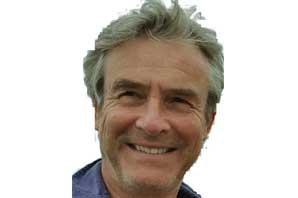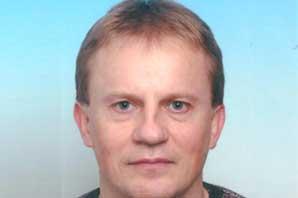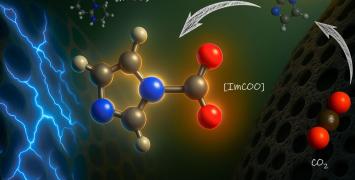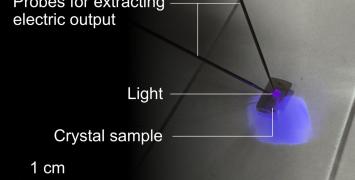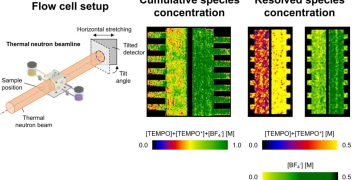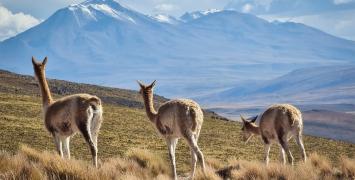Harnessing plant power
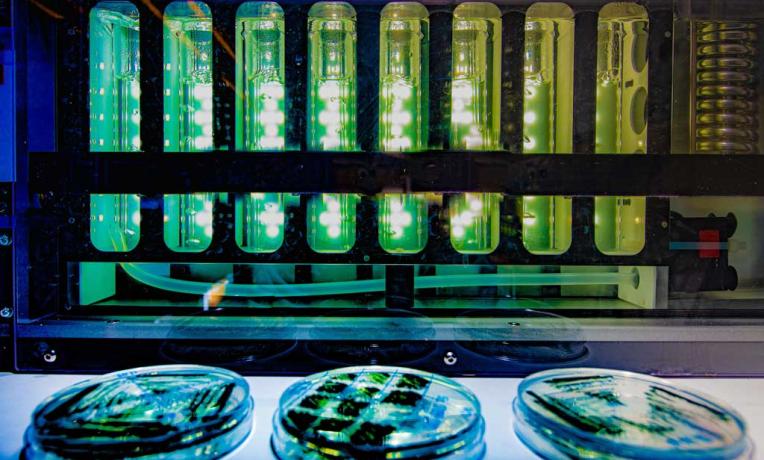
Green plants, algae, and certain bacteria depend on sunlight as a crucial energy source. Sunlight powers the process of photosynthesis, during which these organisms convert light energy into chemical energy stored in the form of glucose. This energy is then used for their vital functions, such as growth, reproduction, and metabolic processes.
Yet the efficiency of photosynthesis can be represented as an inverted pyramid, with progressive losses as light is absorbed, then eventually stored following a series of chemical reactions. Thus, only a fraction of the original energy is eventually converted into biomass. “Basic science tells us that only half of the energy in the sun’s electromagnetic radiation can be used by plants; the rest is somehow lost”, says Dario Leister, a plant molecular biologist at LMU München.
Energy conversion
In collaboration with biochemist Neil Hunter from the University of Sheffield and algal microbiologist Josef Komenda from the Czech Republic, Leister has embarked on an ambitious ERC Synergy project to revolutionise photosynthetic efficiency. Their goal is to optimise energy conversion by enabling plants to harness a larger portion of the sun's electromagnetic radiation while minimising waste.
Such an improvement brings promising possibilities, by not only boosting plant productivity but also opening the way to tackle important global issues related to food security. "Saving space is a pressing necessity for the future," says Leister. “Less and less space is available for growing crops. Encouraging people to reduce their meat consumption alone is not enough. We will want to have space for nature and not take up all the land for feeding 10 billion people.”
Natural evolution
Unravelling the secrets of nature's energy-harvesting mechanisms started with cyanobacteria in the lab. “Genetic engineering is much more difficult in plants”, Leister explains. “Cyanobacteria are single-celled prokaryote organisms, whereas plants are multicellular eukaryotes. Besides, cyanobacteria exhibit rapid growth, with one generation taking only 8 hours.”
The underlying concept of the project is straightforward. When considering all photosynthetic organisms collectively, they possess diverse mechanisms for harvesting light from the sun. “By combining their distinctive features, we aim to enhance the light-harvesting ability of photosynthetic organisms; they would be able to capture 70 or 80 percent of light across various wavelengths, rather than being limited to 50 percent”, Leister says.
A leaf that absorbs all wavelengths will be black. As Leister explains, plants are green simply because they do not utilise green light. “Cyanobacteria are blue, indicating their disinterest in using blue light. We also explore photosynthetic machinery in bacteria that can absorb near-infrared light, making use of a part of the spectrum that plants and cyanobacteria are unable to exploit.”
“Despite the very different parts of the light spectrum that they harvest, these organisms still speak the same genetic language and share the basic principles of photosynthesis. Our approach is to amalgamate these diverse elements to create an organism that uses visible light in the blue, green and red regions of the spectrum, but which also can harvest invisible light in the near-infrared, absorbing an unprecedented range of the sun’s energy.”
Photosystems
While the idea might be simple, the complexity of photosynthesis is a challenge. “Many dozens of genes are needed to carry out photosynthesis”, Leister says. “Some of them code for proteins that form the essential units known as photosystems. Additionally, cofactors such as chlorophyll or bacteriochlorophyll are crucial components. Furthermore, assembly factors help to build the photosystems and it is likely that not all of them have been identified yet. If one of these crucial elements is missing, the photosystem may not assemble properly.”
“If we were to create a black cyanobacterium, we must consider that such an organism would need to manage 50% or more energy than normal. This raises concerns as too much energy could cause it to burn out. How do we address this challenge? We have trained our system to adapt to higher energy levels gradually and steadily, enabling it to survive with significantly increased energy intake. This adaptive evolution works beautifully in the lab. We have tested it with high-intensity light and even fluctuating light conditions, which is much more natural. We have also extended these experiments beyond cyanobacteria to green algae, which are more closely related to plants. Surprisingly, the process was easier than expected. We also have promising news: we have already succeeded in transferring the genes for one of the photosystems from plants to cyanobacteria.”
“Therefore, it is not solely about creating a black organism but also ensuring it is able to use the increased light absorption. We have conducted an elegant experiment to simulate excessive energy exposure. By progressively exposing the organisms to higher light levels over the course of a year or more, we have successfully adapted them to thrive in extremely intense light conditions, surpassing what is naturally found on Earth. As a result, the cyanobacteria have undergone significant metabolic changes, transitioning from blue to reddish hues. This lineage we have developed is now well-prepared to become black and can effortlessly handle substantially higher energy levels than they were initially used to.”
Life in space
“The cyanobacteria serve as our playground to see if our approach works”, says Leister. “If successful, we can move on to green algae and then to higher plants and crops. We are aware that many challenges will arise during our project. We want to transfer the photosystem of a purple bacterium, which relies on infrared light, to a cyanobacterium. This would result in an organism with three photosystems, which would be a real sensation. Photosynthetic organisms that produce oxygen have two photosystems, and organisms that photosynthesise without producing oxygen have only one. However, there is a complication with the purple bacterium we are using: it typically thrives in an environment devoid of oxygen, whereas photosynthesis in the cyanobacteria we are using as our experimental chassis produces oxygen.”
“Although this is a significant hurdle, we have already identified potential solutions”, Leister adds. “Our project might seem a bit like science fiction. But if we can really manipulate organisms in this way, it opens up possibilities for thinking about life in space. This futuristic scenario could potentially unfold in 100 or 200 years. Living in places with light intensities and wavelengths very different from those on Earth will require organisms with tailored photosynthesis. Such a prospect pushes the boundaries of our imagination.”
Biography
Dario Leister is Professor (Chair) of Plant Molecular Biology/Botany, at Ludwig-Maximilians-University Munich (LMU) in Germany. He undertook his PhD in Genetics at the Max-Planck-Institute for Plant Breeding Research in 1995, and a Habilitation in Genetics at the University of Tübingen in 2001. From 2013 to 2016 he was founding director of the Copenhagen Plant Science Center.
Neil Hunter is the Krebs Professor of Biochemistry in the Department of Molecular Biology and Biotechnology at the University of Sheffield, U.K. He obtained his B.Sc. Degree at the University of Leicester in 1975. He was the recipient of an ERC Advanced Grant for his project SYNTHPHOTO that aimed to discover the mechanisms of assembly of the bacterial photosynthetic apparatus.
Josef Komenda is a Professor at the Institute of Microbiology at the Czech Academy of Sciences in Prague, Czech Republic, where he is the head of the Laboratory of Photosynthesis, Centre Algatech. His research focuses on Photosystem II, Biochemistry, Synechocystis, Photosynthesis and Mutant.


